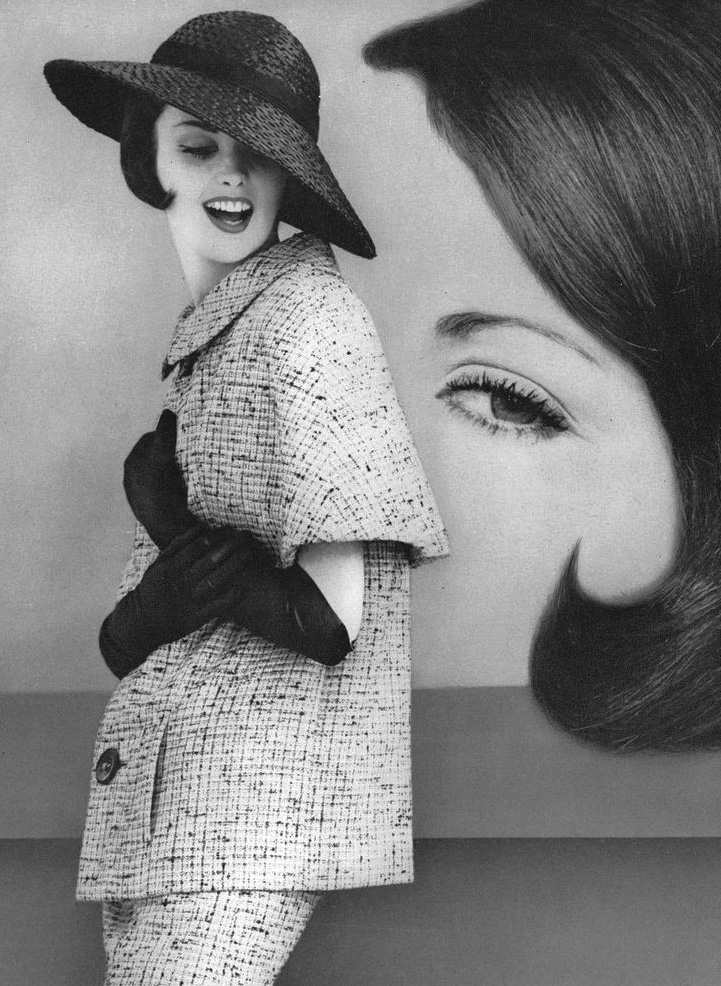Downtown in Style - Page 3
 |
There was also a dialogue throughout the period about what academics term women's 'agency.' As the years went on, women seemed to get more of it.
Consider Beverly Hills designer Howard Greer's presentation of his 'Pink Lady' collection at Joseph Magnin in 1951. Ninon, the Chronicle's single-named fashion writer, said Greer "proudly proclaims that he creates clothes for the pampered woman who does not get up before noon."
Soon, though, when couturiers spoke of their clients, it was closer to these comments by Bonnie Cashin, described in the Chronicle as a "diminutive dynamo of fashion design," when she showed off a collection of 'nonconformist sportswear' at Saks Fifth Avenue in San Francisco.
 |
"In designing, Miss Cashin thinks of her favorite 'character': a woman who has a vital, alive quality and many interests outside herself. 'Her life is never dull,' said the designer, 'and somehow you notice a fresh breeze when she's around.'"
Then there were San Francisco's women of fashion, including Gertrude Doane, and Henriette Moon. Moon founded I. Magnin's design workroom and turned out copies of Paris designs, and her own designs and those of her staff.
A friend of Dior, she attended the show in Paris where he debuted the wasp waist New Look. Moon saw the show twice over two days, and then stayed up to 5 a.m. handling the garments.
"One collection like this cannot be swallowed easily. You just really have to absorb it," she said in a 1957 interview that is part of the I. Magnin Archive at the San Francisco Public Library.
 |
"I was completely exhausted, but not exhausted in [a] sense, because I was…elated [from] the beauty."
Moon was a presence, and wanted other women to be as well. In 1955, when I. Magnin was presenting spring lines, she advised women how to look "very Parisienne."
As paraphrased by a reporter, Moon suggested that women "wear your coat open to show your frock in front, place hands on the hips to hold it so, and stride about importantly, arms akimbo. Arms should be retracted in elevators to save space."
Today, with department stores shrinking and closing, it can be hard to picture Union Square of the 1950s and '60s, when it was ringed with stores attracting women, always in hats—from out-sized to head hugging—and always in gloves.
 |
"I. Magnin's store was converted into an orchard fairyland," the Chronicle reported in 1950, as every floor housed an event ranging from a high-couture show to dancing. Fourteen hundred people attended—and it was invitation only. "Champagne…flowed in a continuous golden stream."
At I. Magnin's 1960 event, Fetes des Fleurs, "twelve of France's foremost perfumers have contributed lavish quantities of their perfumes," the paper wrote. "A flowering rock garden will feature a perfume fountain bubbling alluringly with Caron Fleur de Rocaille."
Another store, the City of Paris, evoked French street scenes with cafes and small shops along an interior street dubbed Normandy Lane. Women in white gloves enjoyed luncheons beneath the store's stained-glass dome.




